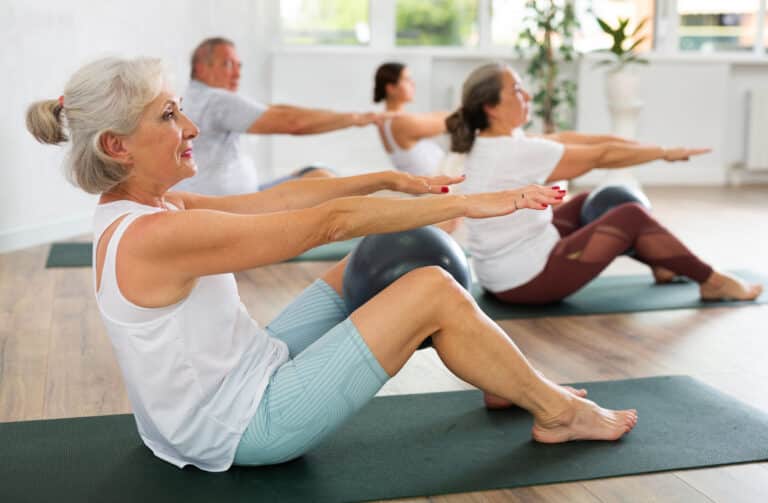Approximately 28.8 million adults in the United States could benefit from hearing aids. These small but remarkable devices amplify speech while suppressing irrelevant sounds to improve communication clarity and background awareness. For all their benefits, you probably want to do whatever you can to protect your devices from damage.
One common worry amongst hearing aid wearers is how to protect their devices against damage during exercise. Whether you enjoy outdoor bike rides along the Buffalo Bayou Loop or hopping on the treadmill at the gym, you shouldn’t have to compromise the safety of your hearing aids to enjoy a good workout.
How Can You Protect Your Devices?
Keeping your hearing aids safe during workouts is essential for maintaining their functionality. Here are some tips to protect them:
- Use sweat-resistant covers. Invest in silicone sweat-resistant covers specifically designed for hearing aids. These covers can help protect your devices from moisture and sweat during intense workouts.
- Wear a sweatband. Consider wearing a headband or sweatband to absorb sweat during workouts. This can help minimize the likelihood of moisture reaching your hearing aids.
- Waterproof cases. Store your hearing aids in waterproof cases when not in use, especially during activities like swimming or intense workouts with a higher chance of moisture exposure.
- Secure your devices. Use a headband, lanyard, clip or adhesive tape to secure your devices to your clothes or person. This step is especially important during high-impact or bouncy exercises like running or HIIT workouts.
- Clean your devices. Regularly clean your hearing aids with a soft, dry cloth to remove sweat, dirt and debris.
- Keep devices away from equipment. For the most part, you should be able to wear your devices during non-water-based workouts. If you do remove your hearing aids, avoid placing them on exercise equipment where they could get crushed or damaged accidentally.
When To Consult a Hearing Aid Specialist
If your devices are damaged during a workout, schedule an appointment with your hearing aid specialist for a repair. A few signs of malfunction may include sound distortion, feedback (whistling sound) or physical damage.
By implementing these strategies to safeguard your hearing aids, you can enjoy their benefits for years to come. For further insights on maintaining your devices, contact Hearing Systems today to schedule an appointment with one of our specialists.

